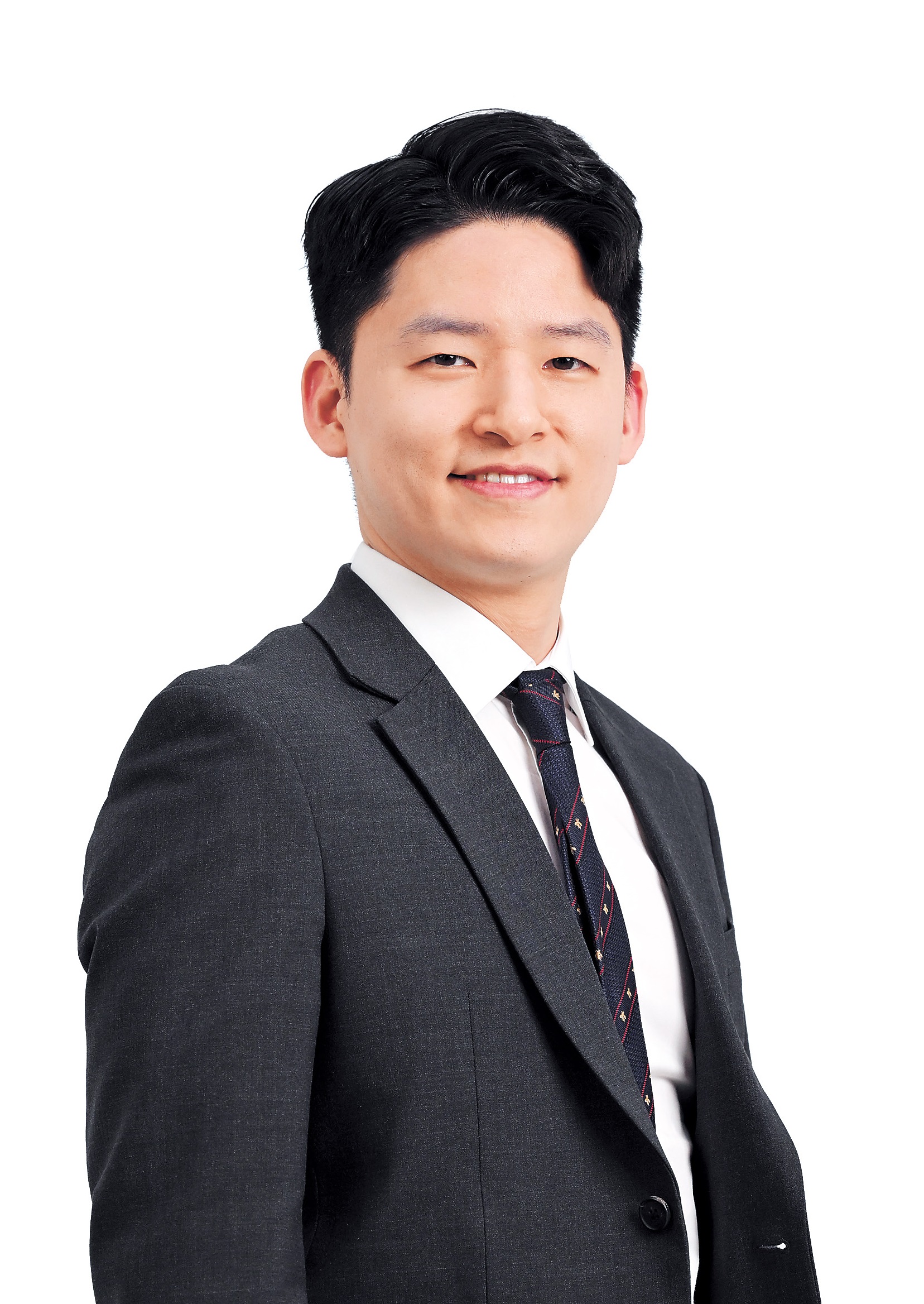[From the Scene] How BMW’s growing Korea parts hub gets repairs done faster than ever
By Moon Joon-hyunPublished : Nov. 11, 2024 - 18:09

ANSEONG -- In South Korea, BMW drivers benefit from a parts delivery system that’s hard to beat. Need a part? If the order is placed in the morning, it’ll arrive at the dealership by 5 p.m. the same day. Order it in the afternoon, and it’s there by 7 a.m. the next morning.
This rapid response is powered by BMW’s Anseong Regional Distribution Center, a logistics hub located about 80 kilometers south of Seoul, dedicated to keeping BMWs on the road with minimal downtime.
First opened in 2017 as the largest parts distribution center BMW operates outside Germany -- and the biggest of any foreign car brand in Korea -- the Anseong RDC is a logistical powerhouse. It supplies parts to dealerships nationwide, covering roughly 1.97 million kilometers annually, enough to circle the Earth 50 times.
“We’re the only car parts center in Korea offering early-morning delivery,” says Jung Sung-chun, general manager of aftersales at BMW Group Korea. “In the Seoul area, we deliver three times a day, which means parts arrive faster and repairs happen sooner.”
Warehouse built for speed and scale
The RDC sits on a 211,500-square-meter site -- about the size of eight soccer fields -- and includes six main buildings: the primary warehouse, two specialized buildings for hazardous materials, a pallet storage area, and a security center, plus amenities like a cafeteria and walking trails for employees.

Inside the main warehouse, the atmosphere feels more like a giant retail space than an industrial facility. Neatly organized racks hold around 60,000 different parts in a cool, controlled environment. The center achieves a 95 percent “First Pick Availability” rate, meaning that 95 percent of the time, the exact part a dealership needs is immediately available. This beats BMW’s global benchmark of 94 percent and enables the RDC to ship out an impressive 8,500 parts daily to BMW dealerships across Korea.

To keep this system running smoothly, BMW relies on an artificial intelligence program called Supply & Replenishment for Dealership, or SRD. The SRD system analyzes patterns in parts demand across BMW’s network, using big data to predict what each dealership will need based on the season, location and current trends. This forecasting helps the RDC maintain optimal inventory levels and restock parts automatically, minimizing the risk of delays from stock shortages.
With so much valuable inventory, BMW has also invested heavily in fire prevention. The main warehouse is equipped with 13,000 fast-response sprinklers that activate immediately in case of a fire, and the facility meets global insurance company FM Global’s highest fire safety standards. Sprinklers are positioned not only on the ceiling but also between storage racks, and fire-resistant shutters can isolate sections of the warehouse if needed, keeping any potential blaze contained.
Expansion and electrification
BMW Group Korea is planning to expand the Anseong RDC by 2027, investing an additional 65 billion won (about $46.6 million) to increase the facility’s size by 31,000 square meters -- a 62 percent boost in storage capacity. As part of this expansion, BMW will add a separate warehouse specifically for electric vehicle batteries. Built on its own site to reduce fire risk, this new EV warehouse will also meet FM Global’s stringent fire protection standards.
BMW’s commitment to fast parts delivery has helped it become the top-selling import car brand in South Korea. In 2023, BMW overtook Mercedes-Benz to claim the number one spot for the first time in eight years, a position it has held into the first half of 2024.











![[Rising virtuosos] From Pororo to Paganini: 13-year-old violinist Lee Hyeon-jeong’s journey to the world stage](http://res.heraldm.com/phpwas/restmb_idxmake.php?idx=644&simg=/content/image/2024/11/12/20241112050657_0.jpg&u=20241112162923)







